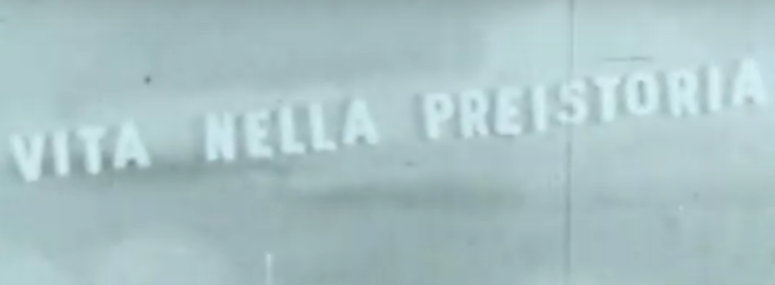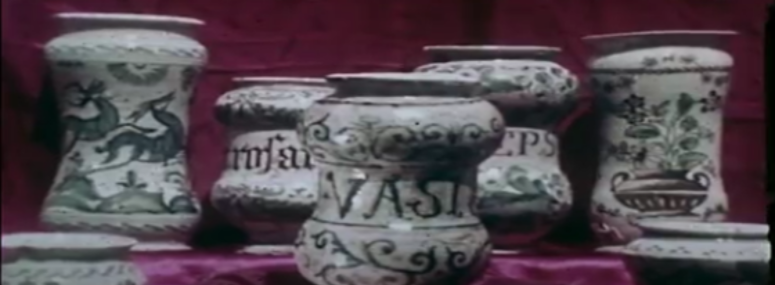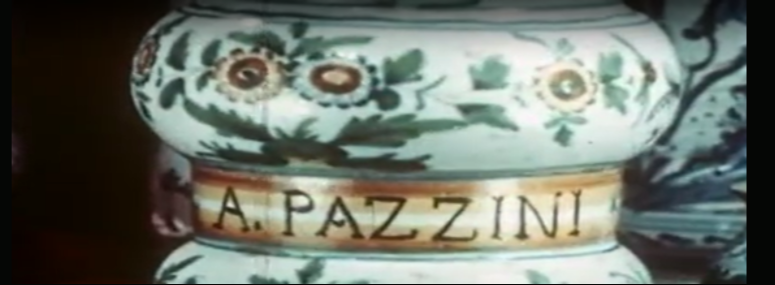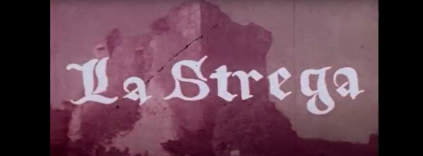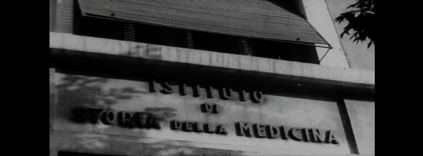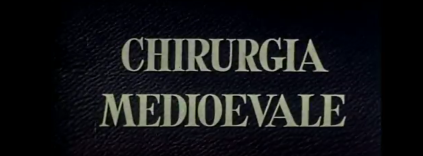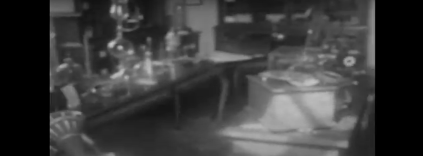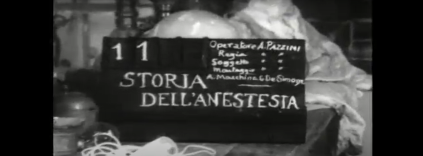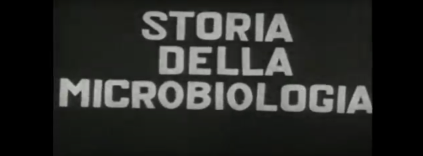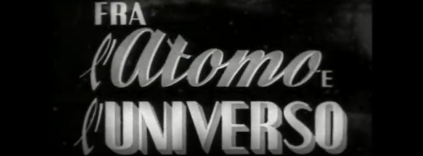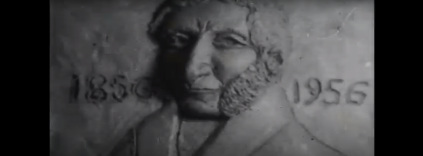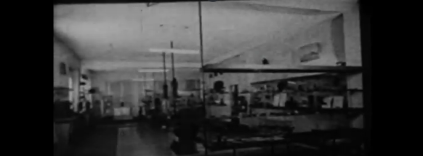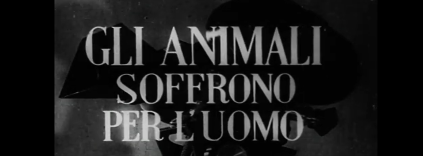|
|---|
|
 |
 |
 |
 LA MEDICINA DEI SEMPLICI (Minutaggio 8:41)
|
 |
CHIRURGIA MEDIEVALE (Minutaggio 7:38)
MAGIA DELL'ASSURDO (Minutaggio 9:02)
L'OSPEDALE NEI SECOLI (Minutaggio 16:20)
MOSTRA DI STORIA DELL'ODONTOIATRIA
(Minutaggio 12:38)
STOMATOLOGIA NEI TEMPI (Minutraggio 10:01)
STORIA DELL'ANESTESIA (Minutaggio 28:52)
STORIA DELLA MICROBIOLOGIA (Minutaggio 23:46)
STORIA DELL'IDROLOGIA (Minutaggio 10:48)
FRA L'ATOMO E LUNIVERSO (Minutaggio 10:04)
AGOSTINO BASSI (Minutaggio 11:17)
SPEZZONI NUOVO ISTITUTO (Minutaggio 11:00)
GLI ANIMALI SOFFRONO PER L'UOMO (Minutaggio 11:06)



